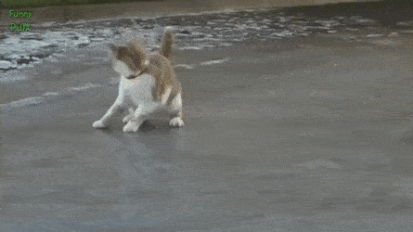 Slipping on ice usually isn't this cute. Slipping on ice usually isn't this cute. Ice Melt Protects Your Business as Well as Your Patrons... Do not make the potentially expensive mistake of skipping ice melt in winter months. We recognize the temptation to save money and/or time where you can. However in the long run, not taking care of your walkways could cost you a whole lot more than the price of ice melt. Slip and fall accidents are a huge liability concern. Many states have legislation that requires businesses to take action to prevent slips and falls. For instance, Ohio business owners are required to remove as much ice and snow from their property as possible and to warn patrons of dangerous conditions that could cause injuries. Owners or possessors can be held liable for a slip and fall accident if they knew of the condition and neglected to correct it or if the condition existed for such a length of time that the owner/possessor should have discovered and corrected it prior to the slip and fall incident in question. Some might not see the need to put down ice melt as long as the parking lots and sidewalks have been shoveled, but in cold temperatures there is typically a thin yet dangerous layer of ice. Additionally, people may only use ice melt when there has been a bad storm but even light dustings can create slick surfaces particularly if the snow melts and refreezes throughout the day. In short, don't skip the ice melt. Now that we have that out of the way, here's some tips to using ice melt efficiently and effectively. Use these to come up with an ice melt policy or training guide for employees. 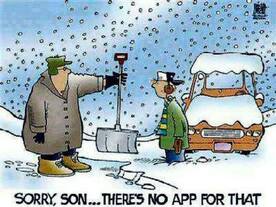 Clear First, Deice Second Whether you're shoveling, plowing, blowing or sweeping, fresh snow needs to be removed before the application of ice melt. If this is not done, you are essentially just wasting product by using ice melt to "burn off" snow that could easily be cleared. There is no ice melt out there that can take down a foot of snow! More Does NOT Equal Better It's a common mistake with many cleaning products. Cleaners believe that if a little does good than a lot must do an even better job! The only person benefiting from that would be your salt provider. Less usually equals more here. Overusing ice melt leads to more product being unnecessarily tracked into your facility, which damages your floors. Additionally, this overabundance of ice melt can burn vegetation around where the product is used. That being said, there is no one-size-fits-all. Every product is different and cleaners must read the instructions to determine the proper amount of ice melt necessary for the job. For example, a label may say that you need 5 pounds of ice melt for 250 square feet of area. 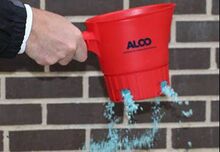 Speaking of the Label... Make Sure to Read Directions It's not only important for determining quantity, but also safety and application. Certain ice melts, such as calcium or magnesium chloride, recommend personal protective equipment (PPE) like gloves or goggles. Most ice melt brands recommend shaker spreaders as opposed to scoops or shovels that waste product. A shaker spreader can help assure that product is distributed evenly and not over-applied. You can also find:
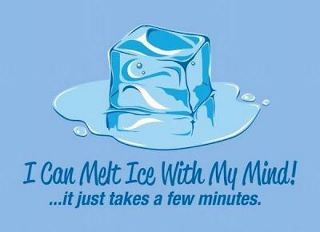 Choose the Right Ice Melt for You You don't necessarily have to buy the most expensive option out there. First determine what type is right for you. How fast a deicer works, at what temperatures and whether it is exothermic or endothermic is dependent on which ingredients are used. Exothermic deicers - release heat to melt the ice. Quickest and most effective in a broad range of temperatures. Endothermic deicers - absorb the sun's heat and use it to break the ice down to a liquid brine. Work more slowly and are effective at a smaller range of temperatures. Almost all of the ice melt options out there are made from sodium chloride (rock salt), calcium chloride, magnesium chloride, potassium chloride, urea or calcium magnesium acetate (CMA). Products can be made from one of these or a blend of them- the latter being which is more common. A blended ice melt takes two or more deicing granules or chlorides which will work together to provide ideal melting performance. This means that the properties listed here are not absolute when looking at a blend of two or more that is meant to bring out the best of those materials, but are meant to give you a base for each material:
5 Comments
Nancy Levitsky
2/3/2019 08:31:44 am
Nice add Alco!!!!
Reply
9/27/2019 09:35:54 pm
Thanks for mentioning that you should clear first, and then deice. Another thing I want to take into account is the environmental impact. I'll have to look into eco-friendly de-icing.
Reply
12/9/2019 11:23:28 am
It's awesome that calcium chloride is the most common non-sodium chloride form of ice melt. My brother has been telling me about how he wants to move up north in the coming year for work, and I want to make sure that he can be safe when he does so. I'll share this information with him so that he can look into his options for getting the right kinds of deicers.
Reply
3/30/2020 01:17:53 pm
Thank you for informing me that calcium chloride is the typical deicer that isn't a salt derivative. I have been worrying about my parents and their community for the last few months because of the snow and ice. They are getting older, so one slip and fall could cause serious damage to their bodies. I wonder if they should look into professional snow and ice removal services so that we could all feel comfortable knowing they aren't going to slip.
Reply
12/7/2020 10:13:31 am
I agree with what you said that it's important to reward the direction when using ice melt and use recommended personal protective equipment. My husband plans to purchase some ice melt products since blizzards are happening in our area. I'll share this article with him tonight so he could read it himself. Thanks!
Reply
Your comment will be posted after it is approved.
Leave a Reply. |
Archives
April 2020
Categories
All
|
- Home
-
Products
- Aerosols
- Air & Surface Purification Technology
- Closed Loop
- Carpet Care
- COVID-19
- Degreasers
- Deodorizers
- Dietary/Kitchen
- Dishmachine Programs
- Disinfectants
- Floor Equipment
- Floor Cleaners
- Floor Care
- Floor Care - Gym
- Hand & Body Wash
- Janitorial
- Laundry
- Multi-Purpose
- Restroom Care
- Specialty
- Window Cleaners
- Resources
- Contact Us
- Blog
- Home
-
Products
- Aerosols
- Air & Surface Purification Technology
- Closed Loop
- Carpet Care
- COVID-19
- Degreasers
- Deodorizers
- Dietary/Kitchen
- Dishmachine Programs
- Disinfectants
- Floor Equipment
- Floor Cleaners
- Floor Care
- Floor Care - Gym
- Hand & Body Wash
- Janitorial
- Laundry
- Multi-Purpose
- Restroom Care
- Specialty
- Window Cleaners
- Resources
- Contact Us
- Blog
Actual product appearance may vary slightly from pictured item.

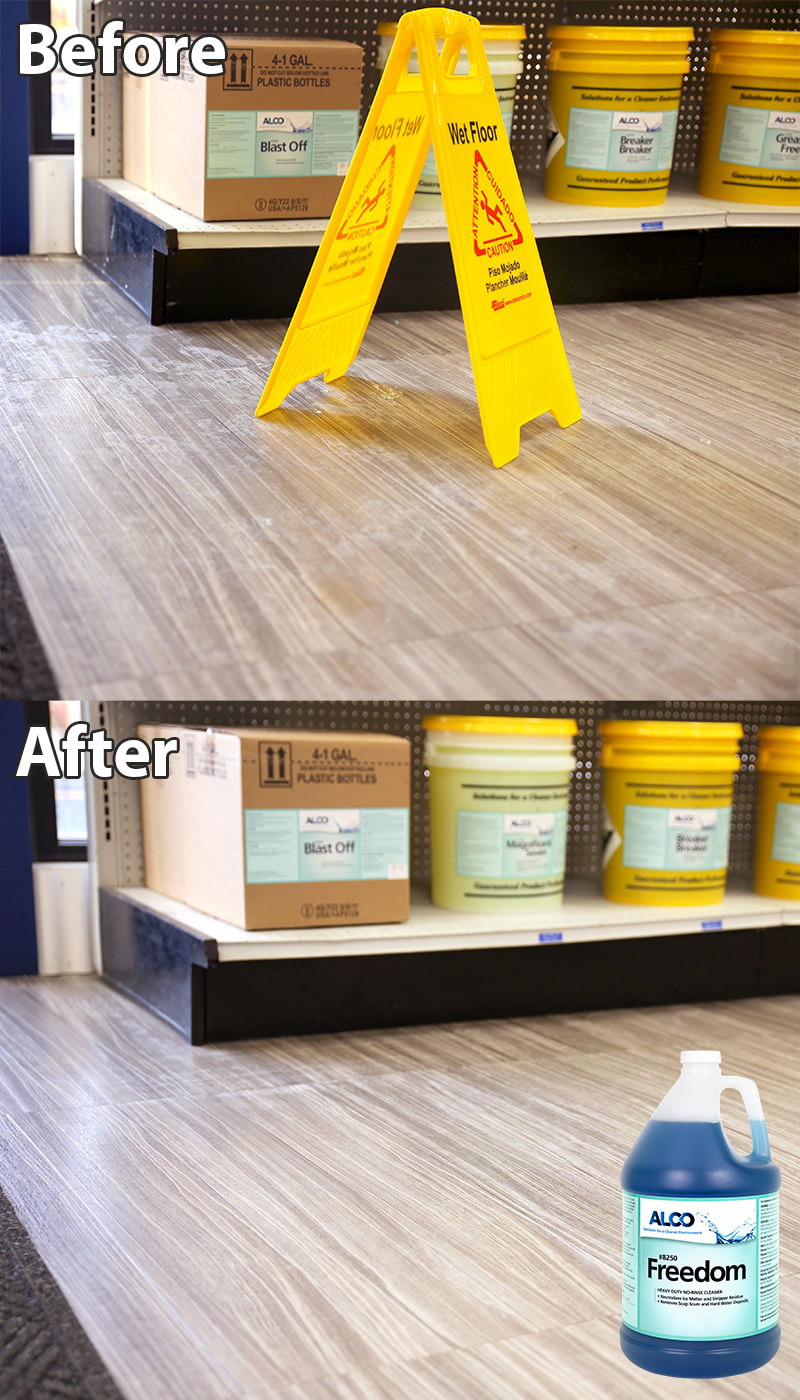
 RSS Feed
RSS Feed